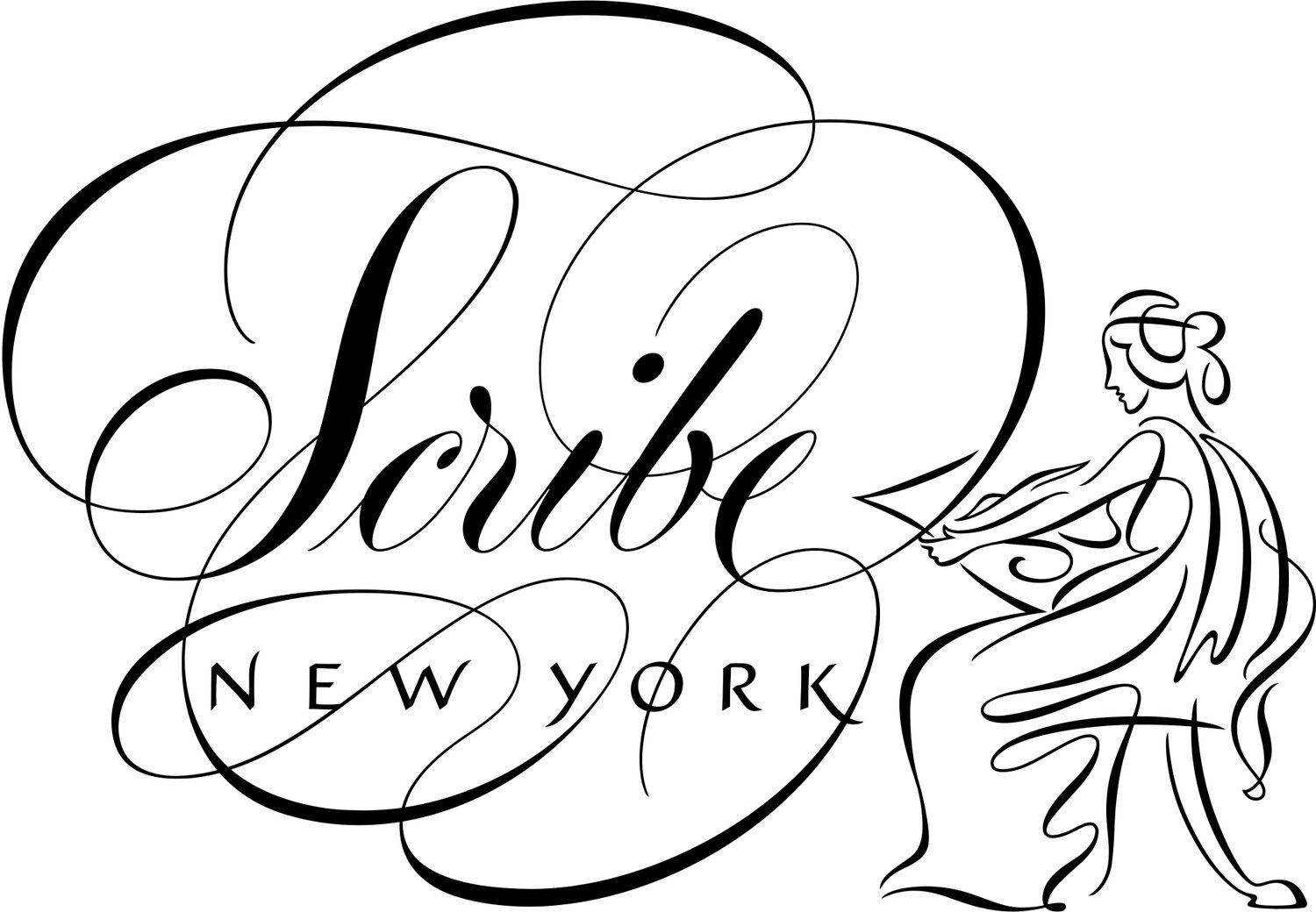Judy Chicago with one of the three MIss Dior bags she customized as part of her collaboration with the brand.
City of Women Denizen: Judy Chicago.
Bona Fides: Meet Judy Chicago, the trailblazing artist who’s spent over six decades creating art and writing books that celebrate women, challenge the patriarchy, and dazzle the senses. Her art has graced some of the world’s most prestigious museums—the Whitney, The Brooklyn Museum, LACMA, and The British Museum. But beyond her museum-worthy pieces, she’s also a Christine de Pizan superfan, a cursive handwriting enthusiast, and has two spectacular collaborations with Dior to her credit.
When asked what she’d change about the world in a 2016 interview with Frieze, Chicago didn’t hesitate: “Patriarchy,” she said. She dreams of “dismantling this system in favor of a more equitable world where all beings—human and non-human—can thrive.”
City of Women Induction: In my allegorical City of Women, Judy Chicago would be its Master Artist-in-Residence. Picture it: public spaces bursting with her vibrant, curvilinear designs, reminding us of life’s interconnectedness at every turn. Her work is bold, beautiful, and unapologetically feminist—a perfect fit for a city built on women’s contributions.
I deeply admire Judy Chicago’s art for countless reasons, but this post focuses on three particular aspects of her work that resonate with me personally: Christine de Pizan, cursive handwriting, and fashion.
Feminism, The Dinner Party, and Christine de Pizan
Her groundbreaking work, The Dinner Party (1979), is a celebration of women’s history. This massive installation features 39 place settings honoring groundbreaking women—including the medieval thinker Christine de Pizan.
Why de Pizan? She was one of Europe’s first professional women writers and a fierce advocate for equality, centuries before feminism was even a term. Her works were a direct challenge to the misogynistic literature of her time and celebrated women's intellectual and moral contributions. Judy Chicago drew inspiration from de Pizan's courage to use her voice to advocate for women’s equality.
Her place setting at The Dinner Party includes an intricately designed plate and embroidered runner, using medieval-inspired motifs symbolizing her work as a scribe and intellectual.
I love how Chicago connects de Pizan’s metaphorical City of Ladies (from her book) with the gathering of influential women at the table. Both are celebrations of women’s collective power to reshape history—and the future.
The Dinner Party is permanently housed in the Brooklyn Museum so if you live in the New York area, go see it!
CURSIVE/SUBVERSIVE
I’ve always viewed cursive as a superior style of lettering with its fluid, curved and embellished forms. It’s intimate, like a secret whispered onto the page and when done well, it conveys practice, care and artistry. And let’s be honest, there’s nothing quite like a beautifully-lettered curse word to keep things interesting.
Judy Chicago’s deliberate and evocative use of cursive incorporates a personal and narrative element. She has remarked that cursive’s flowing, elegant lines convey themes of connection, emotion, and storytelling, which are central to much of her art. Cursive handwriting, traditionally associated with femininity because of its prominence in education for women, becomes a tool for empowerment in Chicago’s work. By integrating it into her art, she reclaims this historically "feminine" form of expression, challenging the notion that women's work, including handwriting, is secondary or decorative. She also challenges the conventions of "fine art," where text, especially handwritten text, is often considered less professional. By elevating it in her work, she questions hierarchical distinctions between "high" and "low" art forms.
In The Birth Project or The Dinner Party, the handwritten elements often serve as a narrative tool, allowing viewers to engage more directly with the stories being told. It’s as if she’s leaving a Post-It note for each of us, inviting us to see the world through her eyes. And her scrawled confessions in Autobiography of a Year convey vulnerability and immediacy, making her reflections more relatable. We all can commiserate with her notes that she’s “utterly drained” or “anxious about money,” and take comfort that we’re not alone in our fears.
FASHION AS A MEDIUM OF EXPRESSION
As the first woman to hold the position of creative director at Dior, Maria Grazia Chiuri has spoken about feminism, personal choice, and independence in ways that inspire me. She’s echoed Frida Kahlo’s mantra, “I don’t have a muse. I find the concept outdated. I think women should be their own muses.” But Chiuri does believe in sisterhood and collaboration and in 2020, she tapped Judy Chicago to create “The Female Divine,” an architectural installation to house Dior’s Spring-Summer 2020 Haute Couture show at Paris’ Rodin Museum.
The collections were shown in an inflatable structure of white outer fabric with a womb-like entrance. Inside, hand-embroidered brocade banners were emblazoned with feminist slogans in Chicago’s own cursive handwriting. Following the collaboration, Chicago stated, “What I think now about the relationship between art and fashion is that fashion can really be a vehicle for for meaningful art…. And I also hope [this project] will contribute to change so that fashion becomes a vehicle of the empowerment of women rather than a symbol of the oppression of women.”
The Dior collaboration culminated with Chicago designing three Lady Dior bags, rendered in colors and technical materials that echo her artwork. These covetable pieces of wearable art are as modern and colorful as the artist herself, and a testament to the power of female collaboration.
Judy Chicago isn’t just an artist—she’s a force of nature. Her work challenges, inspires, and reminds us that the world can be brighter, bolder, and infinitely more inclusive. To explore more of her art (and maybe imagine your own place at The Dinner Party), please visit her website.

